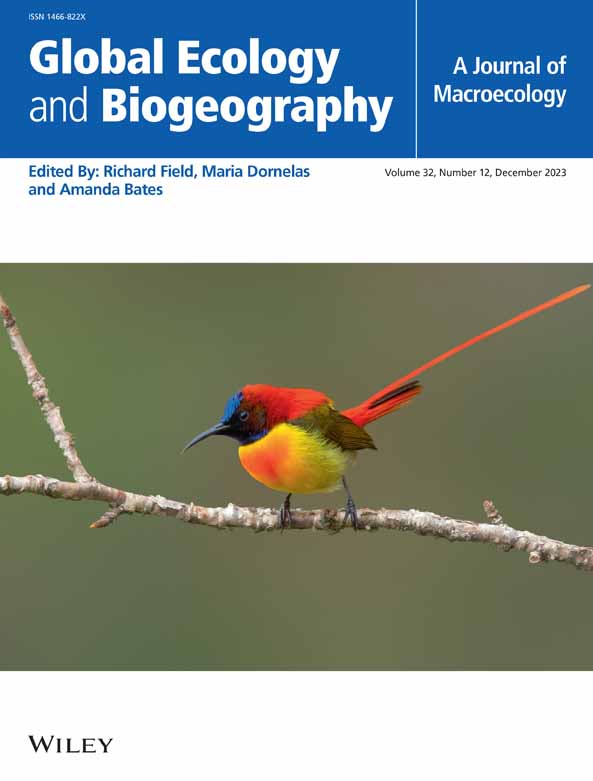Biological diversity is shaped by processes occurring at different spatial and temporal scales. However, the direct influence of the spatial and temporal scale on patterns of occupancy is still understudied. Today, occupancy is often negatively correlated with species richness, but it is unknown whether this relationship is scale dependent and consistent through time. Here, we use datasets of contemporary and paleontological communities to explore the occupancy-richness relationship across space and time, examining how scale influences this relationship.
Varying spatial extents with global coverage.
Varies from 7 mya to 2021 CE.
foraminifera, mammals, birds, fish, and plants.
We gathered datasets spanning different spatial, temporal, and taxonomic extents. We binned each dataset into distinct time periods and spatially subsampled them into regional pools of varying sizes. We calculated regional occupancy and richness for each pool, measuring the strength of the relationship between the two. Using linear mixed models, we related the occupancy-richness relationship to the size of the regional pools, overall species richness, and climatic changes through time.
We observed nearly ubiquitous negative occupancy-richness relationships across taxa, spatial scale, and time. The size of the regional pools and time bins had no consistent effects on the strength of the relationship, but the strength of the negative relationship varied substantially among taxa, with foraminifera and North American pollen showing weaker relationships than mammals and birds. Changes in this relationship through time were not driven by climatic perturbations but by the species richness observed across all regional pools.
Patterns of regional richness and occupancy are consistently negatively related and independent of spatial and temporal scale and of direct climatic changes. However, differences in the ecology of species (e.g., dispersal ability) and changes in biodiversity and community composition through time may cause fluctuations in the strength of the occupancy-richness relationship.



